Dioecious vs. Monoecious Plants: Understanding the Differences
 Lee Burkhill: Award Winning Designer & BBC 1's Garden Rescue Presenters Official Blog
Lee Burkhill: Award Winning Designer & BBC 1's Garden Rescue Presenters Official Blog

In the world of plants, there exists a fascinating diversity of reproductive strategies, one of which is the distinction between dioecious and monoecious plants. Understanding these terms and their implications can provide valuable insights into plant biology and cultivation practices. This article will delve into the characteristics, advantages, and differences between dioecious and monoecious plants so that you can understand why certain plants have male and female-only versions vs. plants that contain both reproductive organs!
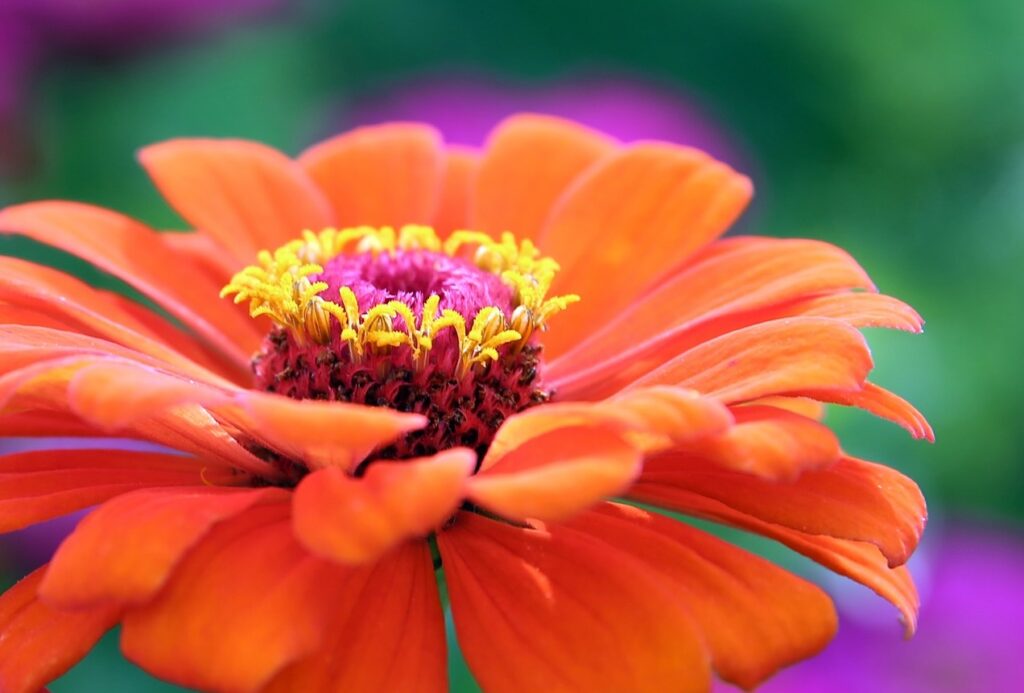
This plant guide will shed light on their unique reproductive mechanisms and ecological roles and help you understand why certain plants flower when others do not or how your gorgeous plants reproduce in the garden. So grab a brew, and let's peer behind the curtain on dioecious (single sexes on separate plants) and monoecious (both sexes on one specimen) plants.
Dioecious and monoecious plants differ in their reproductive structures and strategies. Dioecious plants have separate male and female individuals, meaning that one plant will produce only male flowers, while another plant of the same species will produce only female flowers. In contrast, monoecious plants have both male and female flowers on the same individual plant.
This means that a single plant can produce both male and female reproductive structures. This distinction affects pollination and fertilization dynamics, as dioecious plants often require cross-pollination between male and female individuals, while monoecious plants can potentially self-pollinate. Understanding these differences is crucial for plant breeding, cultivation, and ecosystem management.
i) Dioecious plants are characterized by separate male and female individuals, meaning that individual plants produce either male or female reproductive structures.
ii) In dioecious species, pollen-producing structures (male flowers) and ovule-producing structures (female flowers) are borne on different plants. This reproductive strategy promotes outcrossing, as it requires pollen transfer between individuals for fertilization to occur.
iii) Common examples of dioecious plants include holly (Ilex species), kiwi (Actinidia deliciosa), and cannabis (Cannabis sativa).
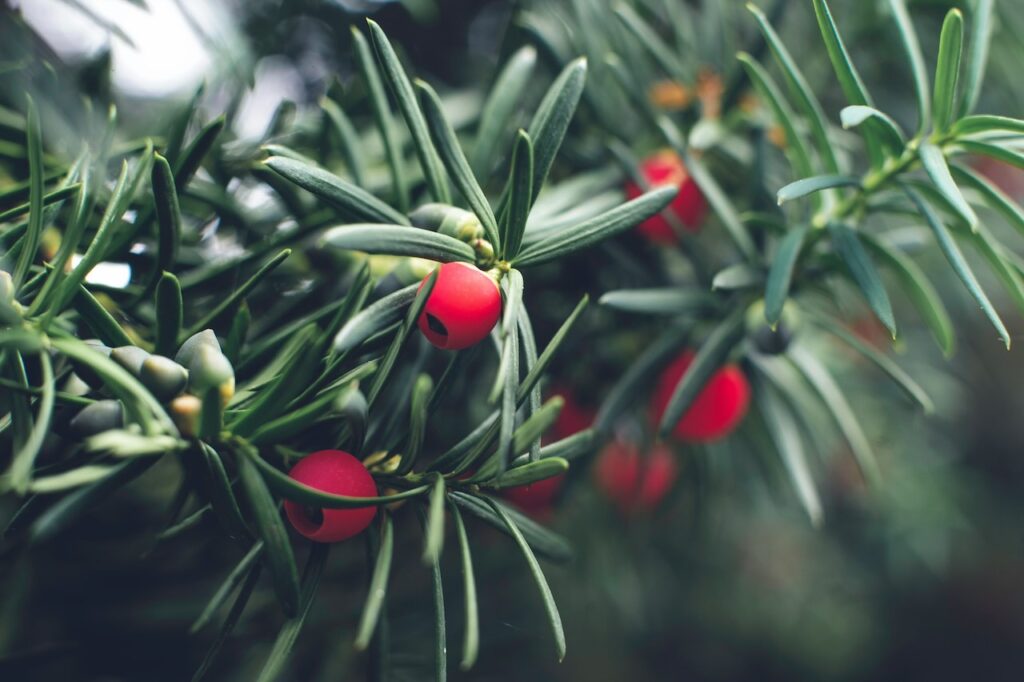
i) Monoecious plants, on the other hand, possess both male and female reproductive structures on the same individual plant.
ii) While they may have separate male and female flowers, these flowers are borne on the same plant, allowing for self-pollination or cross-pollination within the same individual.
iii) Monoecious species often exhibit a range of flowering patterns, with some producing male and female flowers on separate branches or inflorescences, while others have them arranged within the same flower cluster.
iv) Examples of monoecious plants include corn (Zea mays), cucumbers (Cucumis sativus), and squash (Cucurbita species).
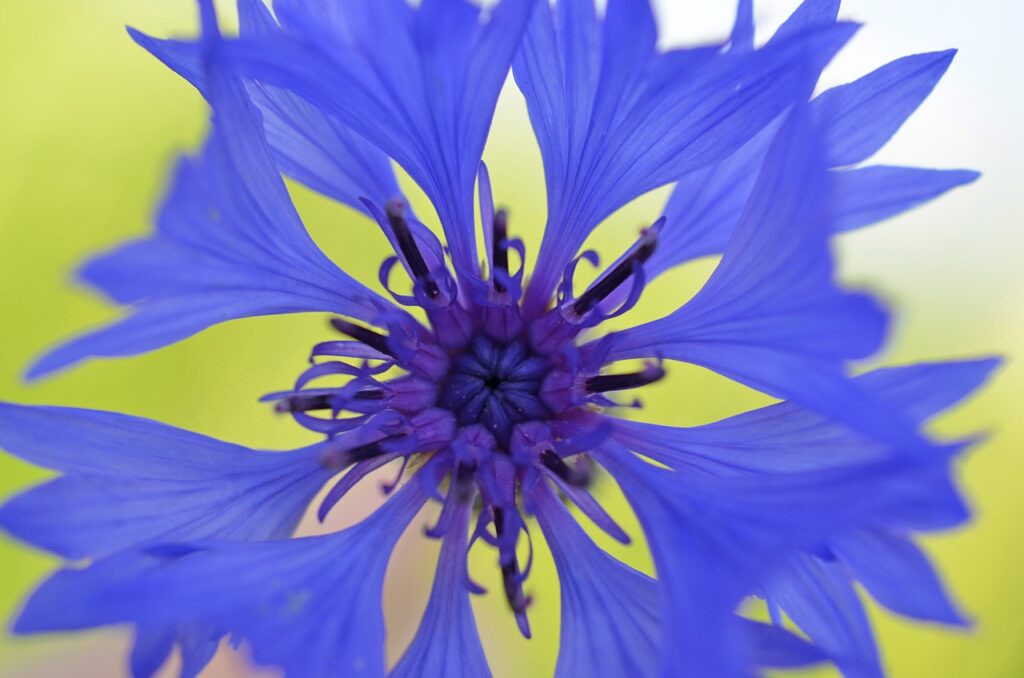
The primary difference between dioecious and monoecious plants lies in their arrangement of reproductive structures. Dioecious plants have separate male and female individuals, while monoecious plants bear both male and female structures on the same plant.
Dioecious plants rely on cross-pollination between male and female individuals for fertilization, promoting genetic diversity. In contrast, monoecious plants may self-pollinate or cross-pollinate within the same plant, depending on the arrangement of their reproductive organs.
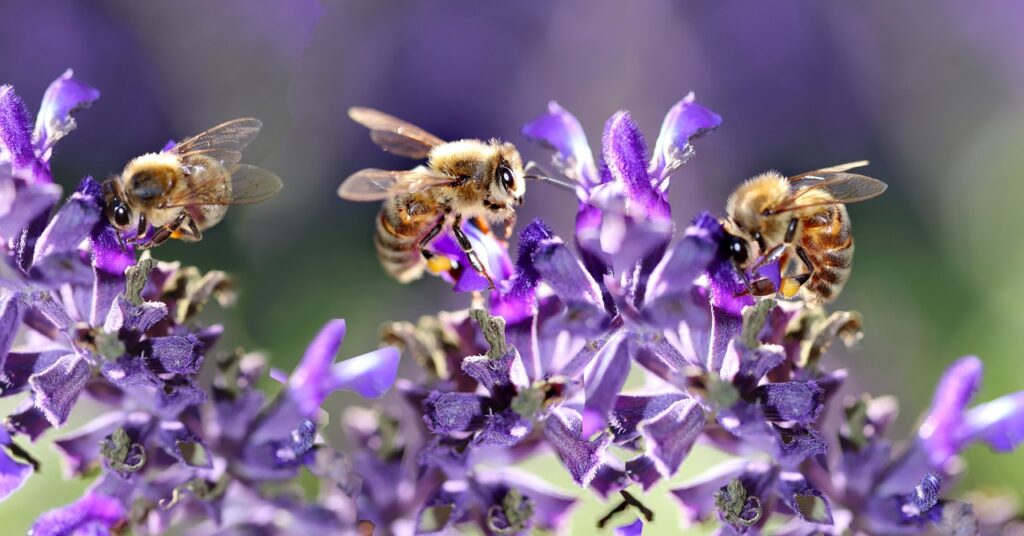
Dioecious populations tend to exhibit higher genetic diversity due to outcrossing between different individuals. In monoecious species, genetic variation may arise from both self-pollination and occasional cross-pollination.
Dioecious plants play essential roles in maintaining ecosystem dynamics, as they require pollinators for fertilization and seed production. Monoecious plants contribute to ecosystem stability through their ability to self-pollinate or cross-pollinate within the same plant, adapting to diverse environmental conditions.
The differentiation between dioecious and monoecious plants has roots in evolutionary biology and plant reproductive strategies. Throughout history, humans have observed and classified plants based on their reproductive structures. However, the formal understanding of dioecious and monoecious plants emerged with botanical science and taxonomy.
The earliest documentation of dioecious and monoecious plants likely dates back to ancient civilizations, where people relied on plants for food, medicine, and cultural practices. Early agricultural societies may have noticed differences in how certain plants reproduced and may have unintentionally selected specific traits through cultivation.
In more recent centuries, botanists and naturalists began systematically studying plant morphology and reproduction, leading to the formal classification of dioecious and monoecious species. This classification system became an essential aspect of botanical science and contributed to our understanding of plant diversity, evolution, and ecological interactions.
The evolutionary reason for dioecious plants is thought to be related to enhancing genetic diversity and promoting outcrossing. By having separate male and female individuals, dioecious plants increase the likelihood of cross-pollination between different individuals, which can lead to greater genetic variability within the population. This genetic diversity can provide advantages such as increased adaptability to changing environmental conditions and greater resistance to diseases and pests.
Additionally, dioecious plants may also reduce the risk of inbreeding and genetic drift that can occur in populations of self-fertilizing or hermaphroditic species. Overall, the presence of dioecious reproductive strategies contributes to the overall fitness and survival of plant populations in their natural habitats.
The distinction between dioecious and monoecious plants reflects the remarkable diversity of reproductive strategies in the plant kingdom. While dioecious species promote outcrossing and genetic diversity, monoecious plants exhibit greater reproductive autonomy and flexibility.
Understanding these differences is crucial for plant breeders, ecologists, and gardeners alike, as it informs cultivation practices, conservation efforts, and ecosystem management strategies. By appreciating the unique characteristics of dioecious and monoecious plants, we gain a deeper understanding of the intricate web of life that sustains our natural world.
As new gardeners, it's important to understand whether your new plants are dioecious or monoecious as it will indicate, especially in shrubs, whether they will flower or simply! This is particularly useful for hedges.





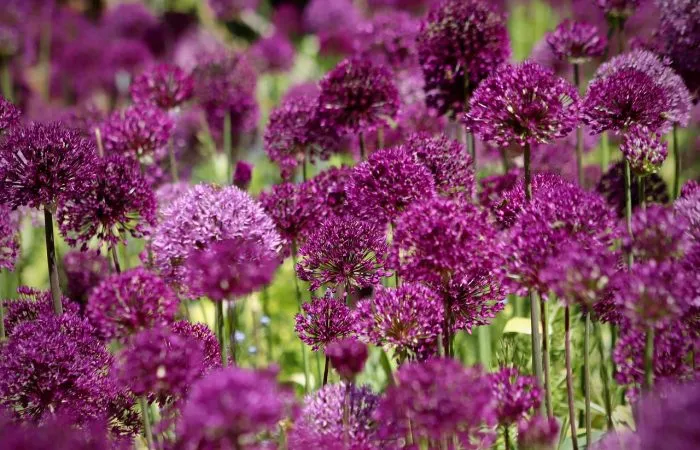

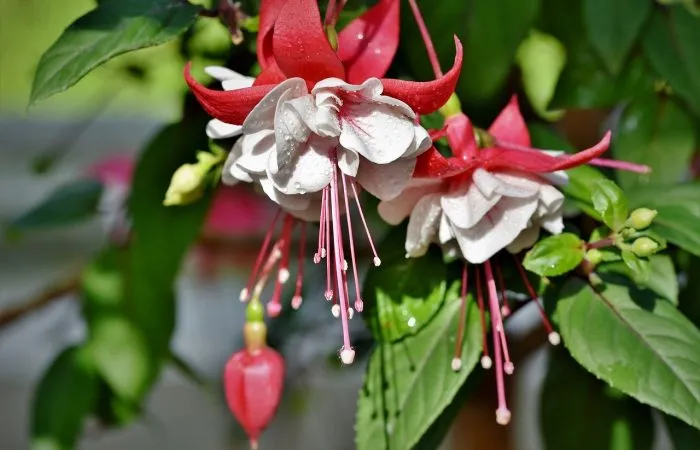
JOIN THE NINJAS

Be the first in line for new Guides, Discount codes and Offers